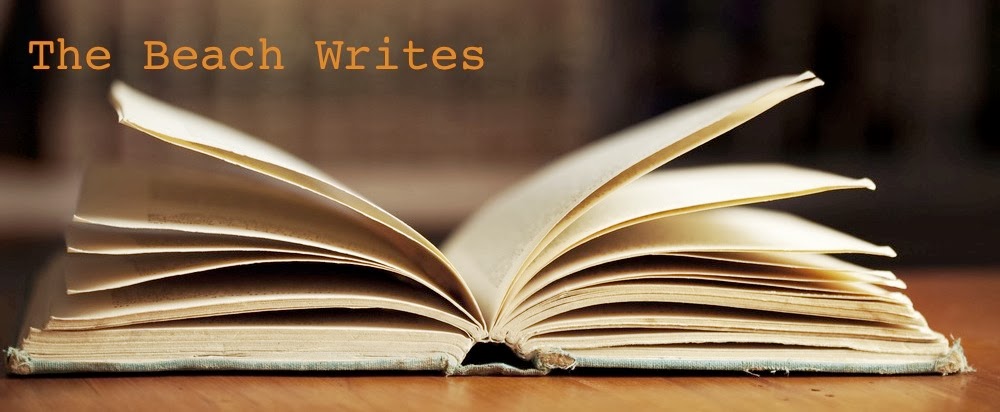In the event of the Newtown and Navy Yard shootings, violent
video games have become a hot topic for debate. Murderers of the respective
shootings, Adam Lanza and Aaron Alexis were both reported to have played many
hours of Call of Duty, sometimes up
to 16 hours at a time. Lanza was 20 when he committed his crime and Alexis was 34
when he shot 13 people.

Wonder if they were like this playing violent video games as children......
As a child growing up, I definitely grew up around various violent video games, playing everything from those multiplayer games to first-person shooters. I always felt like they allowed to be whoever I felt like at the time. The games don't have many restrictions to what I wanted to do.
This is how I looked whenever I was playing.
Just kidding.
The average age of a gamer is 30 years and 61% of gamers are below the age of 35. 26% of games bought in 2012 were M, or Mature, rated games. Clearly, people love their violence coming from video games. Most parents wish their children would stop playing these types of games because they're "distracting" and could possibly drive their children to insanity. Those parents probably wish their children did something else more productive than sitting on their ass shooting a bunch of virtual people. I found this video that I feel explains how violent video games do not really cause violence among people. The person defending violent video games makes a great analogy with people and violent video games, saying "Crazy people play violent video games, but that doesn't mean violent video games make people crazy".
Anyways, here's the video on a debate on violent video games.

Wonder if they were like this playing violent video games as children......
As a child growing up, I definitely grew up around various violent video games, playing everything from those multiplayer games to first-person shooters. I always felt like they allowed to be whoever I felt like at the time. The games don't have many restrictions to what I wanted to do.
This is how I looked whenever I was playing.
Just kidding.
The average age of a gamer is 30 years and 61% of gamers are below the age of 35. 26% of games bought in 2012 were M, or Mature, rated games. Clearly, people love their violence coming from video games. Most parents wish their children would stop playing these types of games because they're "distracting" and could possibly drive their children to insanity. Those parents probably wish their children did something else more productive than sitting on their ass shooting a bunch of virtual people. I found this video that I feel explains how violent video games do not really cause violence among people. The person defending violent video games makes a great analogy with people and violent video games, saying "Crazy people play violent video games, but that doesn't mean violent video games make people crazy".
Anyways, here's the video on a debate on violent video games.
Hopefully, people understand where I come from in believing that violent video games aren't as harmful as people make them to be.
The question:
The question:
Do violent video games cause aggression out of people to the
point where they become murderous? Or are violent video games merely an
activity where people can get away from real life?


